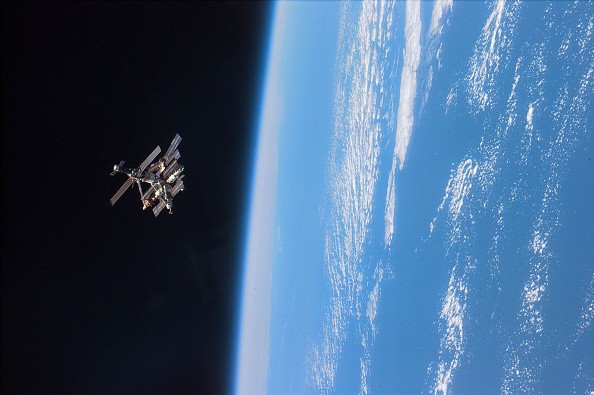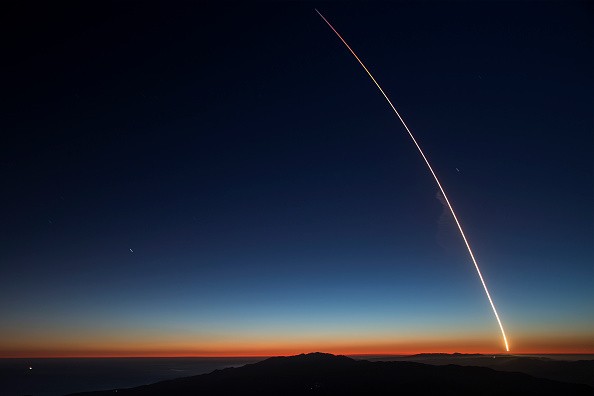China is one of the biggest competitors of the United States, including in the battle of space missions. As of the moment, the Asian country's space industry is currently rising.

Also Read : NASA's TESS Discovers a Strange Pink Planet With Two Stars That Triggers BTS Fans, Here's Why
Can China win against the U.S. in this 21st Century Space Race? According to MIT Technology Review's latest report, although China's space program might have been slow because of the ongoing COVID-19 pandemic, there are still some space startups in the country that are continuously growing.
The Asian country's space missions didn't stop since China was able to send a rover to Mars, bring back moon rocks to Earth, and test the next-gen crewed vehicle, which was specifically designed to bring the Chinese astronauts or "taikonauts" into orbit.
What is the 21st Century Space Race?
Researchers explained that the 21st Century Space Race is the competition between the United States and China when it comes to space exploration. The battle between the two powerful countries is still happening for the last two decades.
China is expected to build a new space station this year of 2021. It is also planning to send the country's astronauts to space before 2021 ends.

On the other hand, China is also focusing on the commercial space industry.
"The state is really great at large, ambitious projects like going to the moon or developing a large reconnaissance satellite," said Cornel University researcher Lincoln Hines via MIT's official website.
"But it's not responsive to meeting market needs. I think the government thinks its commercial space sector can be complementary to the state," he added.
A China space agency makes another advancement
Space News reported that iSpace, a China space agency, is working on reusable launcher landing leg tests, alongside IPO plans. The Chinese private rocker firm is currently planning to file an initial public offering on the Science and Technology Innovation Board.
iSpace confirmed that it is now making progress in developing the reusable first stage of the Hyperbola-2 methane-liquid oxygen propellant launch vehicle. The space firm already carried out observations and tests for the landing legs of the spacecraft's first stage. This development also shows that China is still making advancements despite the ongoing pandemic.
For more news updates about the U.S. and China's space mission progress, always keep your tabs open here at TechTimes.
Related Article: Uranus-Mars Conjunction 2021 Plus Moon: How to Spot The Majestic Cosmo Bodies in the Skies (Binoculars Needed)
This article is owned by TechTimes.
Written by: Giuliano de Leon.
ⓒ 2025 TECHTIMES.com All rights reserved. Do not reproduce without permission.




